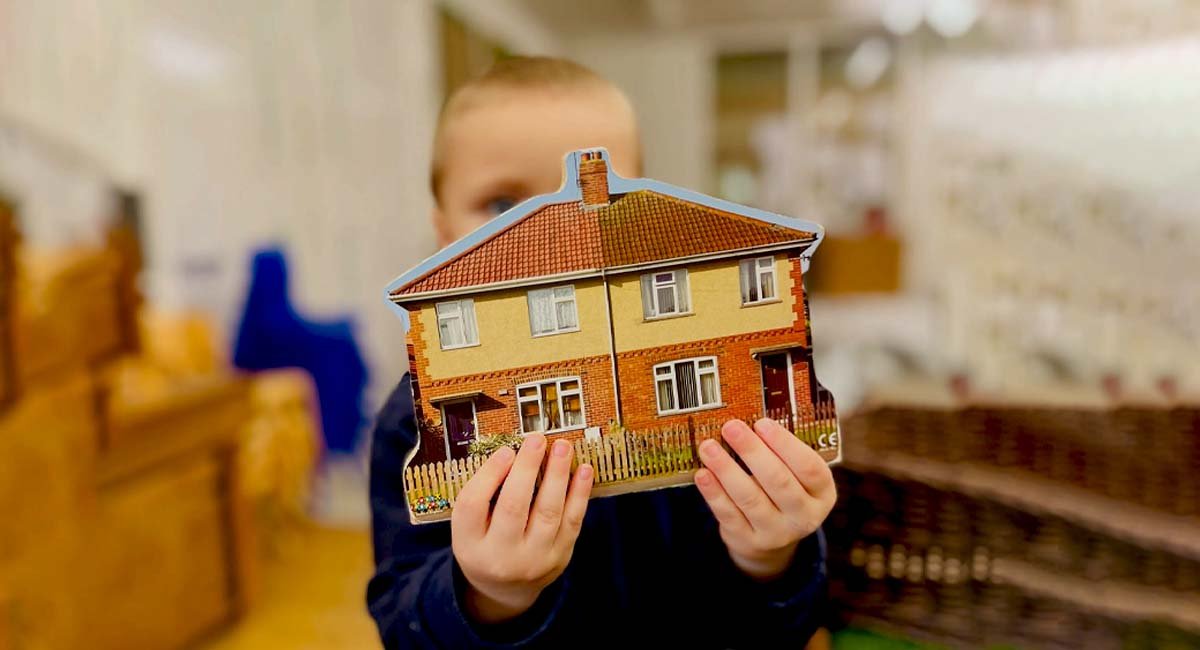Creating a Growth Mindset Environment at Home
Fostering a growth mindset in young children is a powerful way to equip them with resilience and a love for learning that can last a lifetime. Unlike a fixed mindset, which assumes that abilities are static and unchangeable, a growth mindset encourages the belief that effort and persistence can lead to improvement. Here’s how you can cultivate this environment at home, transforming everyday challenges and setbacks into opportunities for growth.
1. Praising Effort Over Ability
The language parents use when responding to their children’s actions is foundational in cultivating a growth mindset. Praising children for their effort, strategies, and perseverance (“You worked really hard on that puzzle!”) rather than their innate ability (“You’re so smart!”) helps them develop resilience and a willingness to tackle difficult tasks. This approach shifts the focus from fearing failure to embracing challenges as a path to improvement.
2. Setting Appropriate Challenges
Children thrive on challenges, but these challenges need to be age-appropriate and attainable. Setting tasks that are too easy can lead to boredom, while overly difficult tasks may foster feelings of inadequacy. The key is to find the sweet spot where the challenge is engaging enough to push boundaries but achievable enough to encourage persistence. For example, if your child enjoys drawing, encourage them to try new techniques or mediums that will stretch their skills without overwhelming them.
3. Discussing Setbacks Positively
How parents talk about setbacks and failures can significantly influence a child’s mindset. Instead of dismissing setbacks with consolations like “It’s okay, maybe you’re just not good at this,” encourage your child to see mistakes as a natural part of learning. Phrases like “What did you learn from this experience?” or “What could we try differently next time?” help children understand that setbacks are not a reflection of their abilities but opportunities for growth.
4. Modeling a Growth Mindset
Children learn a lot by watching the adults in their lives. When parents themselves embrace challenges, persist through difficulties, and discuss their own learning processes openly, they model the growth mindset in action. Share your challenges at work or a new skill you’re learning, and let your children see how you manage setbacks and continue to strive for growth.
5. Encouraging Reflection
Reflection is a powerful tool for reinforcing learning and resilience. Encourage your child to reflect on their day and discuss what they tried, what was difficult, and what they learned. This can be a nightly conversation at dinner or a reflection journal for older children. Such practices help children internalize the idea that their actions lead to outcomes, and they can change these outcomes through effort and strategy.
Conclusion
Creating a growth mindset environment at home is about more than just encouraging hard work; it’s about nurturing an attitude that views challenges as stepping stones to mastery and personal growth. By embedding these practices into daily interactions, parents can provide their children with the tools to thrive in all areas of life, cultivating persistent, resilient, and curious learners ready to take on the world’s challenges.








